Math Exercises: Using A Deck of Cards For +, -, x, ÷
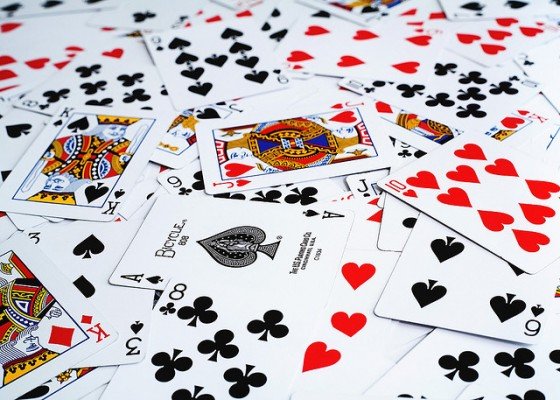
Hi there. This post was inspired by some multiplication and division flash cards, a deck of playing cards and some things someone has shown me with the cards. I present a math exercise with a deck of playing cards that is designed for improving number sense and numerical fluency.
Card Values
Before I present the exercises, it is important to specify the card values from the deck of cards.
The card values would be as stated on the card. Aces in this case have a value of one. (You can have aces as eleven instead.) Face cards and tens would a value of ten each.
| Card | Value |
|---|---|
| Ace | 1 |
| 2 to 10 | Value On Card |
| Face Cards (Jack, Queen, King) | 10 |
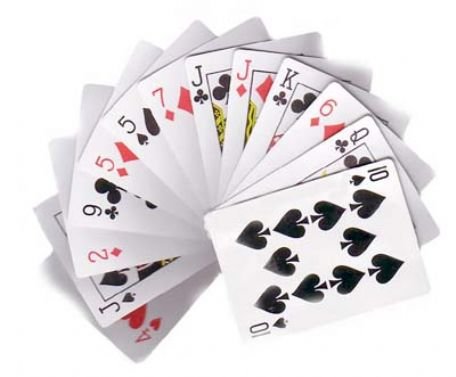
Addition Exercises
From a shuffled deck of cards, have the student pick out two or three cards at random. The student reveals the cards and adds their values together.
A second way would be to reveal the cards from the top of the deck one by one. For example, if the first card is a 5 and the second card is a 9 have the student add 5 and 9 together to get 14. A third card (i.e. King) would be drawn from the top where that card's value is added to the total. Continue this until the tenth card (or however many cards you want to do this for.)
| Card Number | Card Value | Total (Sum) |
|---|---|---|
| 1 | 5 | 5 |
| 2 | 9 | 5 + 9 = 14 |
| 3 | King (10) | 14 + 10 = 24 |
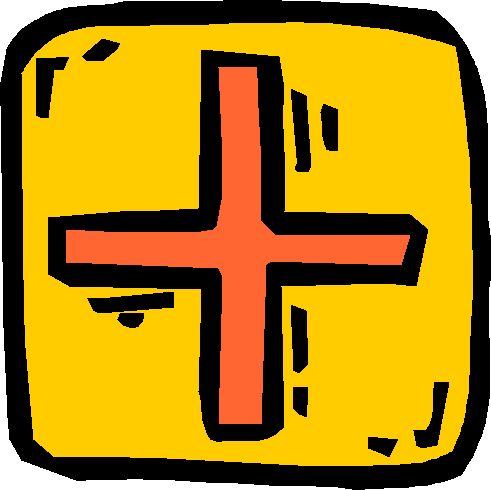
Subtraction Exercises
One subtraction exercise would be to start with a number such as 30. (If you are fancy you could use a random number generator to generate a whole number from 20 to 100.) Draw cards from the top of the deck or at random. The value of the card would be subtracted from the starting number. You can implement a stop condition such as stopping after the fifth card or when you have a negative number after subtraction.
Example
| Card Number | Card Value | Total (Sum) |
|---|---|---|
| 1 | 7 | 30 - 7 = 23 |
| 2 | 4 | 23 - 4 = 19 |
| 3 | Jack (10) | 19 - 10 = 9 |
| 4 | 8 | 9 - 8 = 1 |
| 5 | 5 | 1 - 5 = -4 |
A second variation would be to combine subtraction with addition from the previous section. As an example, draw ten cards and add their values and then draw five cards. The values from the five cards would be subtracted from the running total.
A third way would have the student draw two cards at random. The value from the second card would be subtracted from the value of the first card.
| First Card | Second Card | Total |
|---|---|---|
| 8 | 10 | 8 - 10 = -2 |
A fourth way is similar to the second one. Red cards are negative and black cards are positive. The student would draw a select number of cards and add their values together.
| Card Number | Card | Total (Sum) |
|---|---|---|
| 1 | Black 10 | 10 |
| 2 | Red 2 | 10 - 2 = 8 |
| 3 | Black King | 8 + 10 = 18 |
| 4 | Red 9 | 18 - 9 = 9 |
| 5 | Red 8 | 9 - 8 = 1 |
| 6 | Black 3 | 1 + 3 = 4 |
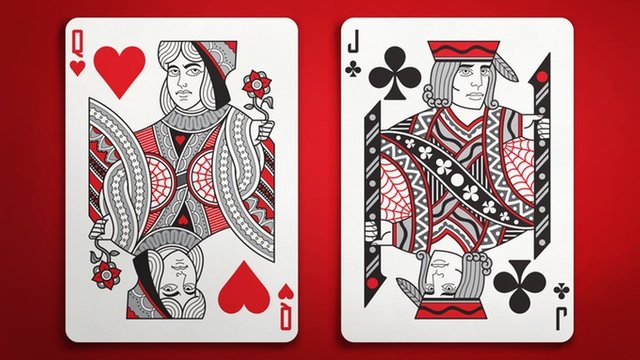
Multiplication Exercises
Playing cards can be used as flashcards. Have the student choose two cards at random or from the top of the deck. The values from the two cards would be multiplied together. For an extra challenge for the student, add in a third card.
Another exercise would be laying the cards face up on a table. Select a number for a student and have the student select two (or more) cards that multiply together to achieve that number.
| Chosen Number | First Number | Second Number |
|---|---|---|
| 16 | 4 | 4 |
| 16 | 2 | 8 |
Division Exercises
It is somewhat hard to use a deck of cards as division flashcards due to divisibility considerations. You can use cards for testing fractions.
Two cards would be drawn where the value of the first card is the numerator of a fraction and the value of the second card is the denominator. Ask the student if the fraction is a proper fraction (between 0 and 1) or an improper fraction with the first number greater than the second number. An extension would be asking the student to convert the improper fraction into a mixed fraction.
| First Number | Second Number | Fraction | Fraction Type |
|---|---|---|---|
| 10 | 3 | 10/3 | Improper |
| 2 | 7 | 2/7 | Proper |
| Ace (1) | 9 | 1/9 | Proper |
Like in the multiplication section, you can do an exercise with the cards face up on the table. Select a large number such as 40. Have the student choose cards whose value can divide into 40 without remainders. This is an exercise on divisibility. For 40, valid answers include 2, 4, 5, 8, 10 (Face Card), and the Ace (1).
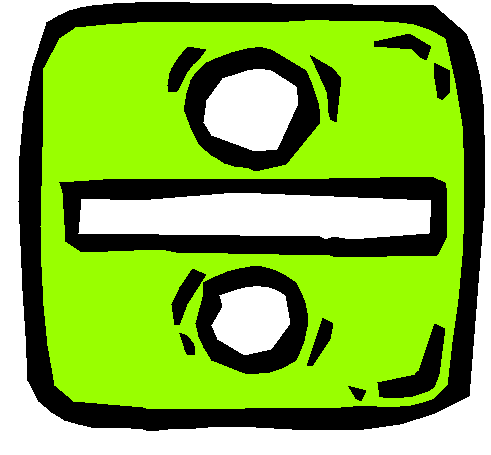
Notes
- You don't have to follow all the exercises. It can be customized based on the student's level and knowledge.
- There are probably even more variations on top of these exercises.
- These exercises may seem complicated written in text but once tried them out it will make more sense.
- One possible extension would be using the cards for exponents (with filtering out the higher cards).
- You can use four cards to create two fractions. The student can add, subtract, multiply or divide the two fractions together.
I used to use a deck of cards to teach and practice multiplication to my children...I always had a deck in the car so when we were places that had wait times I would practice them with the kids
A deck of cards is one of the best tools for beating boredom. Very versatile.